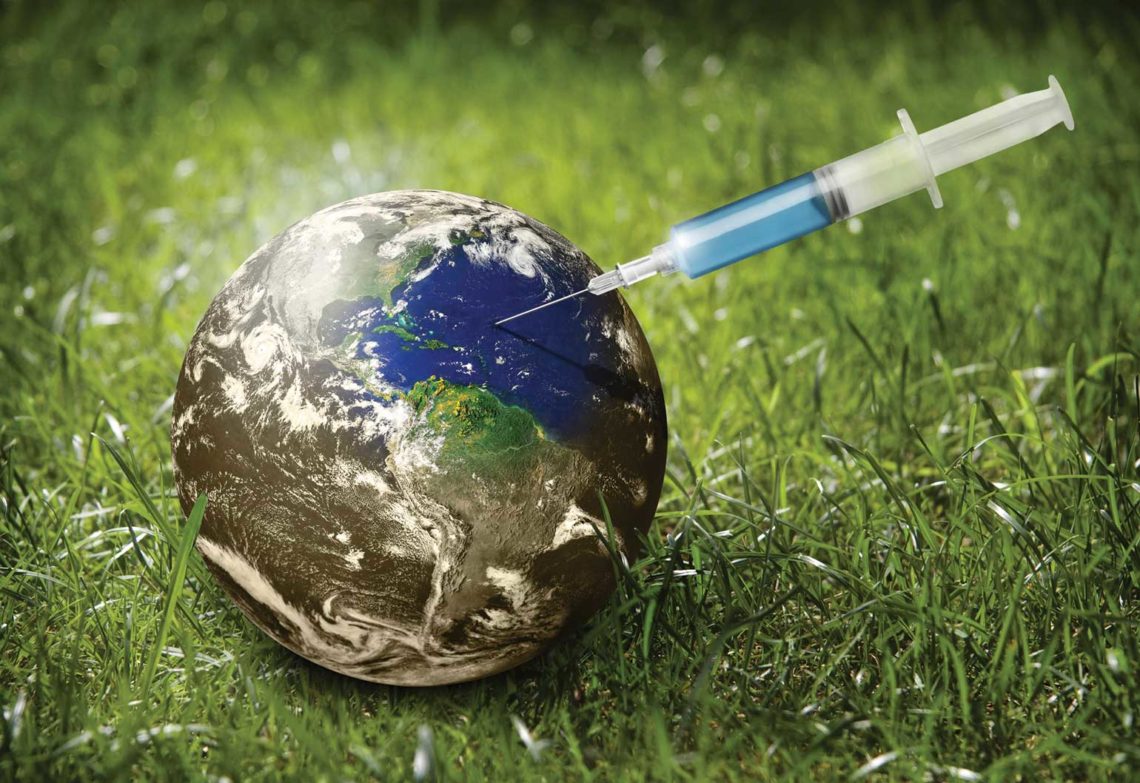Readers often write in to create magazine to discuss issues affecting the engineering profession. Here, one reader discusses how the COVID-19 crisis could help inspire action on climate change.
The COVID-19 pandemic is showing us that political leaders and communities around the world can tackle a global problem.
With clear messages from leaders, people are responding pretty well en masse, which is good news. It has required replacing ideological positions with sound science, social discipline and substantial economic changes, but it is actually being done.
So it could also be done to tackle climate change.
The similarities between COVID-19 and climate change are the global reach, global economic impact, and the critical importance of having scientific information to guide our actions.
A difference is that the COVID-19 timescale is weeks, whereas climate change’s is decades.
But the really big difference is that, with COVID-19, we expect a vaccination to be available in the future, and this will be our way to regain normality.
With climate change, the “vaccination” is needed in the next few years or it will be too late — that vaccination being a major reduction in greenhouse gas (GHG) emissions.
Otherwise we will look back and regret the missed chance of vaccination while looking forward to ever-worsening economic, social and environmental conditions, accompanied by an increasing awareness that we will never get back to normality.
This will be a much worse physical and psychological situation than with COVID-19.
Currently, we have one degree Celsius of global warming, and the resulting impacts include increased odds of unprecedented bushfires, melting ice caps and an almost 90 per cent decrease in new coral on the Great Barrier Reef.
According to the recent International Panel on Climate Change (IPCC) report, we are facing at least a mean temperature increase of 1.6 degrees Celsius by the end of the century, even with massive efforts to reduce GHG, including sequestration.
We are not making these efforts, and there are no signs that we will be making them effectively. So we must expect more than 1.6 degrees Celsius.
The IPCC also forecasts that we will be facing a mean increase of 4.3 degrees Celsius by the end of the century if we continue with business as usual. This mean of 4.3 degrees Celsius has a “likely” range of 3.3 to 5.4 degrees Celsius, where “likely” means a better than two in three chance of happening.
Knowing what a one degree Celsius increase is doing, and contemplating what double that will do, let alone three, four or even five times, surely we can act as individual engineers, and collectively, as an engineering organisation.
Please let us use the COVID-19 experience to help our children by vaccinating against climate change — both by helping reduce GHG emissions and by designing new infrastructure for a hotter world.



